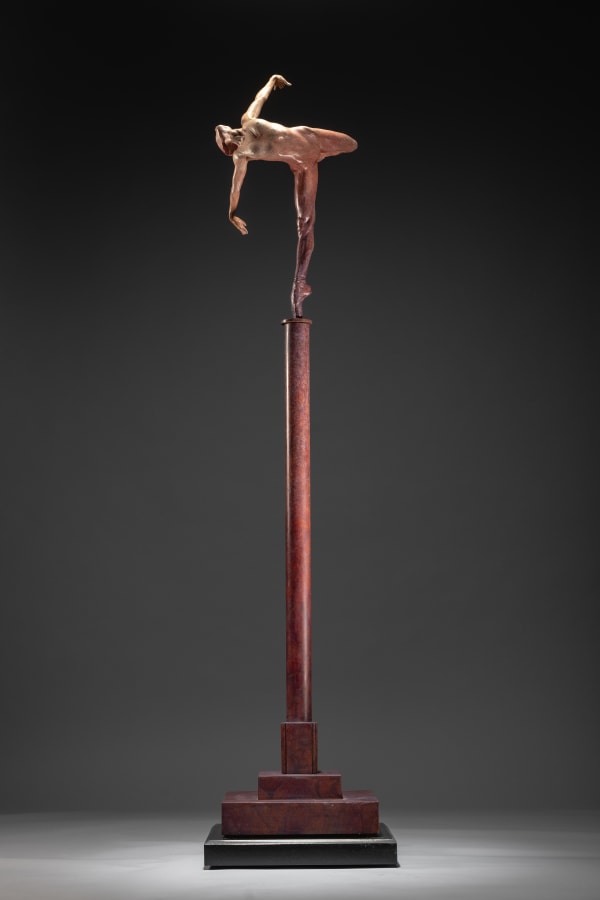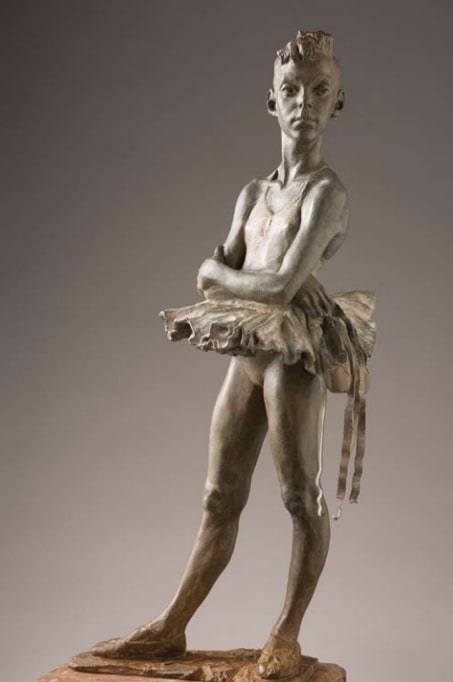Richard MacDonald American, b. 1946
Further images
-
(View a larger image of thumbnail 1
)

-
(View a larger image of thumbnail 2
)
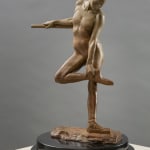
-
(View a larger image of thumbnail 3
)

-
(View a larger image of thumbnail 4
)
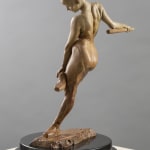
-
(View a larger image of thumbnail 5
)

-
(View a larger image of thumbnail 6
)

-
(View a larger image of thumbnail 7
)

-
(View a larger image of thumbnail 8
)
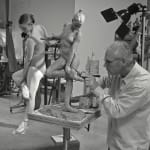
-

“Study for the Rose, Half Life” draws on Richard MacDonald’s highly developed sensitivity for the experience of the dancer, and displays all the quiet beauty of a private moment of reflection. In half-life size the supple and delicate form of the ballerina has real substance—an almost-breathing presence that immediately draws us to wonder at the thoughts of the ballerina toying with the ribbon on her shoe. Her youth and preoccupation give a sense of life and warmth to the sculpture; the beautiful line of her arm draped over the bar is a study in the effortless grace of the well-trained dancer. Her soft cheek rests on her shoulder, and we feel the tenderness of her childish daydream—yet she holds the posture of an accomplished professional. A study in contrasts, this piece has the timeless appeal associated with the ballet works by Degas, with the unmistakable character that can only be attributed to Richard MacDonald himself.
- X
- Tumblr








